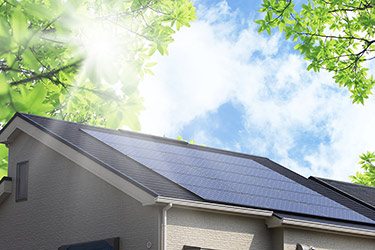Straughn Electricity Rates
Commercial Electricity in Straughn
^ The average commercial electricity rate in Straughn, IN is 7.34¢/kWh.[1]
Residential Electricity in Straughn
^ The average residential electricity rate in Straughn, IN is 8.9¢/kWh.[1]
Industrial Electricity in Straughn
^ The average industrial electricity rate in Straughn, IN is 11.8¢/kWh.[1]





 Enter Your Rate
Enter Your Rate